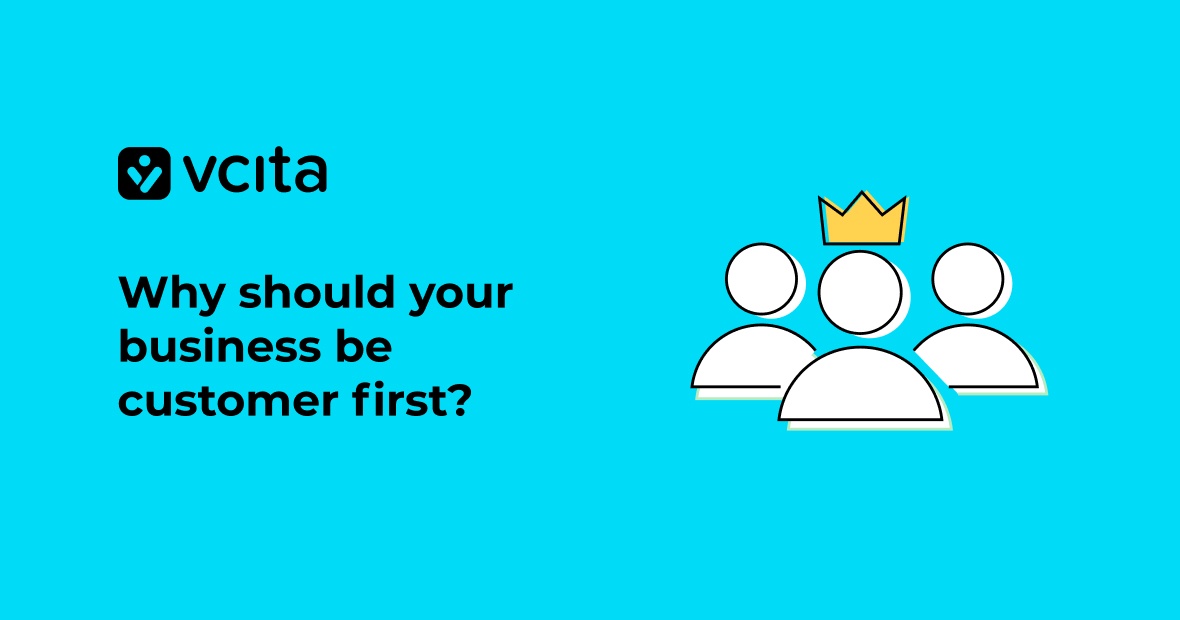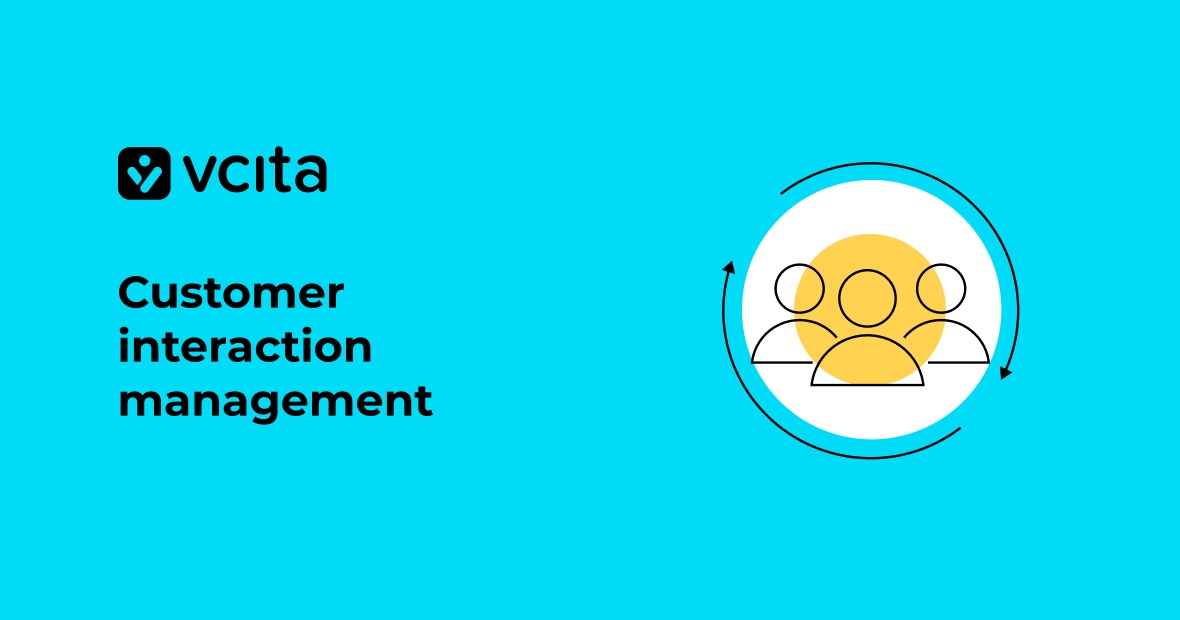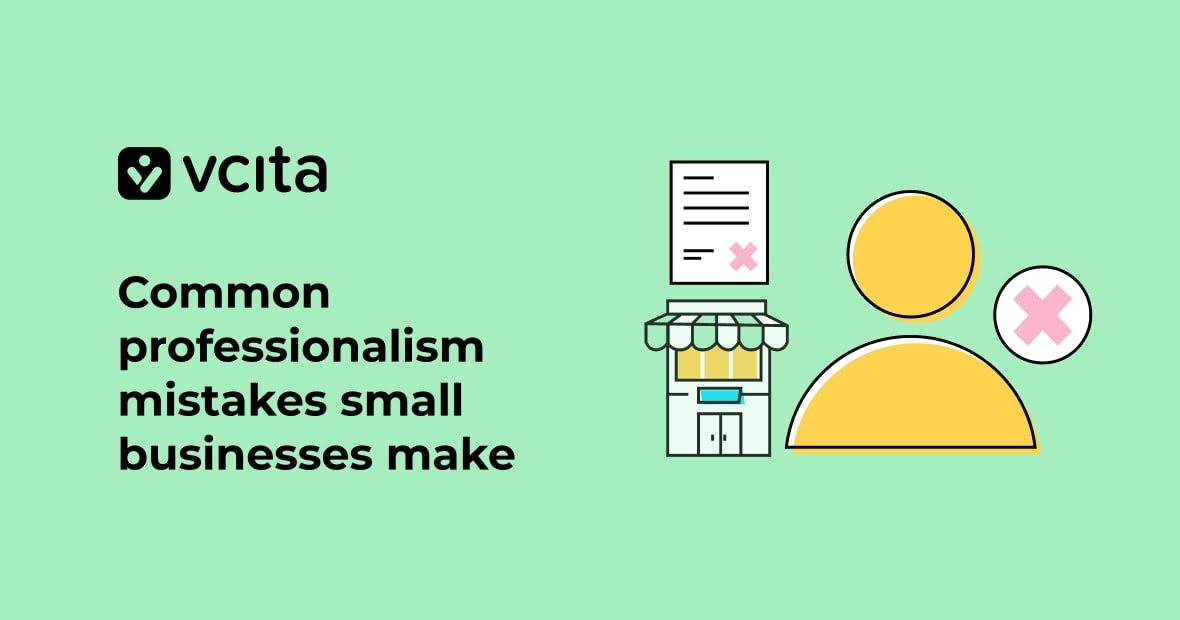You’ve spent years building your small service business from the ground up. All the long hours, financial risks, and personal sacrifices have been for one purpose: to serve your customers well. But in the daily grind of operations, marketing, and managing employees, it’s easy to lose focus.
Customers are the lifeblood of your business and the source of your success and growth, and you want to concentrate on making them happy. But sometimes you get distracted by graphs and admin. “Customer first” might be your business mantra, but can be challenging to turn it into the true foundation of your business efforts.
Read on to learn how to implement a truly customer-first philosophy that’s powered by behavioral targeting, to build a crowd of delighted clients who help your business succeed.
What does “customer first” really mean?
Putting customers first means literally that — making them the priority in all of your business decisions. When you place customers at the top of your list of concerns, you focus on their needs and experience above all else.
Being “customer first” means integrating your customers’ perspectives into every level of your organization. It includes gathering feedback to understand their needs, frustrations, and desires, and then using that information to shape everything from your products and services to your culture and processes.
Some key ways to be customer first are:
- Conducting behavioral targeting and measuring customer experience to gain insights into ideal customer profiles.
- Fostering a customer-centric culture where every team member feels accountable for the customer experience.
- Using customer advocacy to build goodwill and loyalty by surprising and delighting customers with unexpected treats.
- Soliciting feedback regularly, and acting on it to make changes that address customer concerns and improve satisfaction.
When you put the customer at the center of all you do, you’ll reap the rewards of greater loyalty, higher referral rates, and increased profits. Let’s dive a bit deeper into some of the main customer-first strategies.
Know your ideal customer inside and out
To provide the best customer experience, you need to thoroughly understand your target audience and know their needs, preferences, pain points, and what delights them. One of the best ways to achieve these insights is to build ideal customer profiles, or ICPs, which you can use to focus your services, products, and operations.
Here’s how to create an ideal customer profile for your dream customers.
-
Build behavioral profiles
Use data from your website analytics, social media, and email campaigns to determine how your ideal customers interact with your brand. Look for patterns in the content they view, how long they spend on your site, what they click, and what prompts them to make a purchase. This “behavioral targeting” helps you optimize the customer journey.
-
Conduct surveys and interviews
Talk to your customers directly. Send out surveys and do phone or in-person interviews to ask open-ended questions to learn who they are, what they want, and how they make buying decisions. Analyze their answers to find common themes among your ideal customers. These qualitative insights, combined with quantitative data, give you a well-rounded view or customer preferences.
-
Define your ideal customer profiles
Synthesize what you’ve learned to create “pen portraits” of your perfect customers. Give each ICP a name, list key attributes like job title, income, location, values, and habits, and add as much detail as you can about what motivates their purchase decisions. Now whenever you make a business decision, ask yourself if it would make Lou in Atlanta happy. If not, think of something else.
-
Continuously measure and improve
Track how happy your customers are through metrics like Net Promoter Score. Make sure to monitor things like which posts get shared the most, which pages on your website get the most visits, and which products or services sell fastest, and use those insights to improve other aspects of your business that don’t perform as well.
Provide exceptional customer experiences
Customer experience, or CX, is the sum of every interaction a person has with your business. Customers expect attentive service and products that are relevant to their needs, otherwise they’ll go elsewhere. This is where your ideal customer profiles come in, to help you tailor your marketing and services to match their expectations.
Measure customer experience
Measure customer experience and monitor reactions at every touchpoint. Online reviews and social media mentions help you to see your business through your customers’ eyes, so you can constantly improve it.
Involve employers in a customer-centric culture
Remember that excellent CX requires the involvement of every one of your employees. You need every employee to view decisions through the lens of the customer impact, so train staff on the ideal customer experience you want to provide, and recognize and reward those who go the extra mile.
Use pricing to deliver more value
It’s a good idea to price your offerings based on the value to the customer, not just your costs. Bundling services or products, offering subscriptions, and running loyalty programs are other ways to demonstrate your commitment to customers.
Build genuine customer relationships
Engage people on social media, through your email list, and in person, so that they feel that you genuinely care about them. Look for opportunities to surprise and delight customers with little things like personal notes, as well as personalized promotions, special offers on their birthday or customer anniversary, and exclusive access to VIP services. For an extra personal touch, consider gifting custom canvas prints like those offered by Wallpics. This helps turn your satisfied customers into customer advocates who spread the word about your business.
Create a customer-centric culture
To build a truly customer-first business, you need to cultivate a customer-centric culture across your entire team. Here are some tips to help ensure that your employees are just as dedicated as you are to putting the customer first.
Hire employees with the right mindset
The right employees will go the extra mile to ensure a great customer experience, so look for candidates who demonstrate a genuine interest in people and a desire to solve their problems. Ask behavioral questions in interviews to identify those with a customer service orientation and who truly enjoy talking with people and making them happy.
Empower your team
When employees feel empowered, customers feel supported, so give your workers the authority and flexibility to resolve customer issues on the spot. Trust that they want to do what’s best for the customer and the business, and let them handle complaints and make things right without needing approval for every decision.
Educate and motivate
Help your staff understand how their work directly impacts the customer experience by sharing customer feedback and stories to make it personal. Set clear expectations for service standards, provide ongoing training, and offer incentives and rewards for those who consistently delight customers.
Lead by example
Last but definitely not least, model the kind of customer-centric attitude and behavior you want to see. Make it a habit to regularly interact with customers yourself to stay in tune with their needs and perspectives, and show concern and respect for your clients. Your team will follow your lead.
Revolve pricing and marketing around your customers
To build a truly customer-centric business, your pricing and marketing strategies should revolve around your customers’ needs and preferences. Focus on delivering value and experiences by using wording that resonates with your target audience and messaging that addresses their real pain points, rather than just describing your services and products.
Use your ideal customer profiles to direct behavioral targeting that tailors your messaging and special offers for different segments of your audience. For example, if you notice younger customers engage more on social media while older ones prefer email, adjust your outreach accordingly.
Take your customers’ feedback and use it to find opportunities to strengthen relationships by making marketing more relevant to their interests. Even small improvements to your introductory welcome pack or the wording of your email newsletters can make a big difference to the way customers feel about your business.
It’s also a good idea to use psychological pricing to increase perceived value. For example, price a product at $29.99 instead of $30. The lower left digit is more appealing psychologically, even though the actual difference is only a cent. Or bundle several related products or services at a lower package price to give customers the sense that they are receiving more for their money and that you’re looking for ways to meet their needs.
Customers can even help drive your marketing. When you deliver excellent customer experience, you’ll turn your happiest customers into customer advocates. They’ll be delighted to leave online reviews and provide referrals or testimonials that attract new customers. All you’ll have to do is ask. Their positive word-of-mouth marketing and feedback will be invaluable.
Putting the customer first is the foundation of business success
By focusing on truly understanding your customers and building meaningful relationships over time, you can craft an experience that surprises and delights, leading to higher satisfaction, increased loyalty, and business growth. This way, you’ll make “customer-first” into the bedrock of your business, and enjoy a thriving company that’s fueled by word-of-mouth marketing from your biggest fans.




























